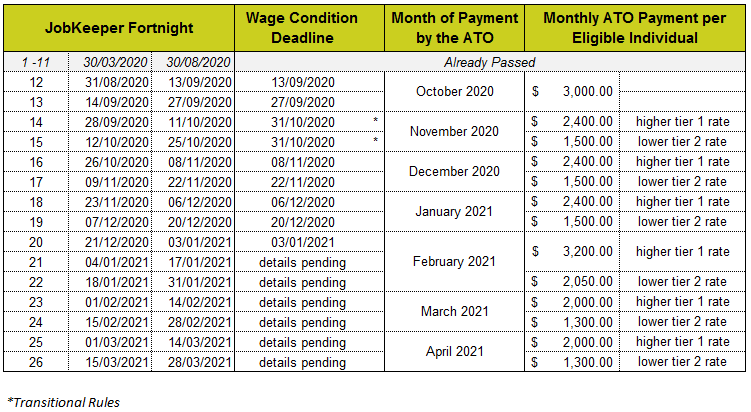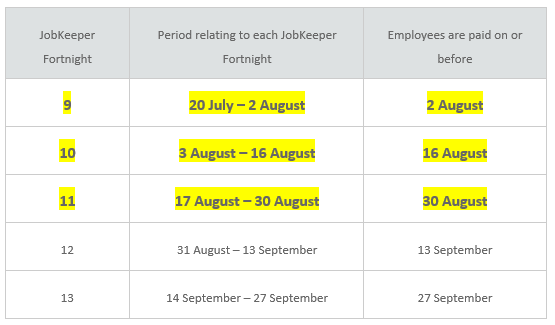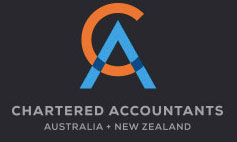14 November 2020
When establishing a self managed superannuation fund (SMSF), one central decision to be made early on is if the trustee structure is to consist of individual trustees or a corporate trustee. Between these choices, you can have up to four individual trustees, or one company that acts as trustee (with that incorporated body having up to four directors).
There are differences between these two structures, which can matter depending on your circumstances and outlook on effective retirement savings. The decisions to be made when choosing between the two choices relate to member/trustee requirements, some costs, how assets are to be owned, possibly penalties, and ultimately any succession considerations.
Continue reading “Individual or corporate trustee for your SMSF?”







